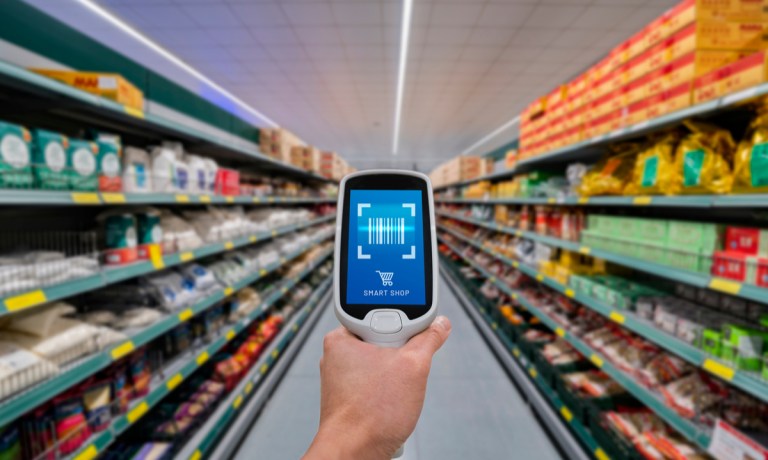
Fast Retailing joins other retailers such as Zara, American Eagle Outfitters and Nordstrom in implementing RFID technology to both bolster the customer experience and better manage inventory. The push for these increased tracking capabilities is occurring as more and more online purchases generally are fulfilled in-store; the technology has dropped enough in cost that it makes sense for some retailers to implement the tool.
As noted in the PYMNTS collaboration with ACI Worldwide, “Big Retail’s Innovation Mandate: Convenience and Personalization,” scan-and-go technologies such as those powered by RFID are on tap for increased implementation by U.S. retailers.
Although it doesn’t take top priority, 40% of U.S. retailers believe customers would be very or extremely likely to switch merchants not offering scan-and-go technology. Given that no retailer wants to lose customers, this perception could kick off what becomes a broader push toward unattended retail. Innovations supporting this effort range from self-checkout lanes to fully autonomous stores as merchants seek to defeat POS checkout friction.
A peek at the geographical variance in self-checkout approaches suggests that U.S. retailers might find an RFID-based solution to be particularly viable, as U.S. merchants are far less likely than their U.K. counterparts to consider barcode and QR scanner apps as crucial to retaining customers but far more likely to consider self-service kiosks critical. A solution that resembles a self-service kiosk without necessitating an app may thus be ideal for the region.
In an interview with PYMNTS, senior vice-president and head of the Clearing House Innovation Lab, Peter Davey, explains why innovations like RFID self-checkout have the potential to disrupt the traditional in-store checkout experience.
Advertisement: Scroll to Continue
“A faster checkout experience is at the top of customers’ minds when choosing which stores to patronize. Consumers are flooded with options for shopping, both in-store and online, and have become more discriminating about their retail experiences. Retailers, in turn, are offering a range of checkout options with which to accelerate their payments.
“What you’re seeing now is kind of first-generation capabilities being taken out in favor of second- and third-generation capabilities, which include more technology like RFID scanning or QR code scanning. [Retailers] are [also] starting to look for opportunities to cut costs and create better security in terms of the payout and checkout capabilities.”
RFID, along with other cashierless technologies, has the potential to radically change the way shoppers pay. This revolution is coming — it’s simply up to retailers to join in.





